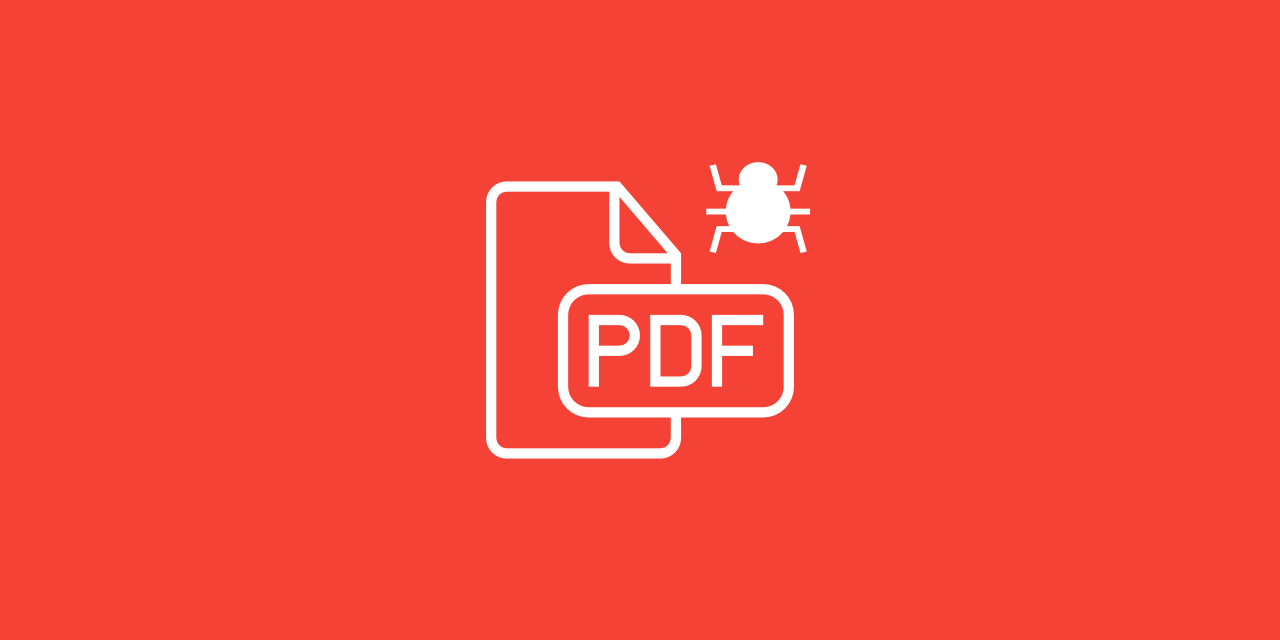
PDFs have become a fundamental part of contemporary information sharing and storage. Their versatility and user-friendliness make them invaluable. Yet, they are not invulnerable to security threats.
Given the significant role PDFs play in our professional and personal lives – it's essential to stay informed about the associated risks and the protective measures.
In this article, we will put the spotlight on the frequently neglected topic of PDF security.
Understanding PDF Security Threats
Regarding PDFs, there exists a potential avenue for cyber criminals to exploit elements within the file format, using them to incorporate detrimental code or links. These actions could potentially compromise the security of your devices and the confidentiality of sensitive data.
Here are some common security threats associated with PDFs:
- Malware and Viruses
- Phishing Attacks
- JavaScript-Based Attacks
Cyber criminals often disguise malicious code within seemingly harmless PDF files. When unsuspecting users open these files, their devices can become infected with malware. Malware can steal sensitive information, corrupt files, or grant unauthorized access to a user's system.
Phishing attacks frequently involve PDF files as bait. Attackers may send emails with PDF attachments that appear legitimate, such as invoices, receipts, or important documents. These emails often contain links or instructions that direct recipients to a fake website (where they are asked to enter sensitive information like passwords, credit card numbers, or personal data).
While PDFs use JavaScript for legitimate purposes, malicious PDFs may exploit this feature to execute harmful scripts. For instance, a PDF might prompt you to enter sensitive information like login details while secretly transmitting this data to an attacker.
How to Protect Your PDFs
Now that you're aware of the threats let's discuss some practical steps you can take to secure your PDFs:
- Use Reputable PDF Readers
- Keep Software Updated
- Be Cautious with Email Attachments
- Scan PDF Files
- Add Password Protection
Opting for a certified PDF Reader from a reputable source instills greater confidence in your security, serving as a shield against potential threats.
Regularly update your PDF reader and operating system. Updates often include security fixes that guard against known vulnerabilities.
Exercise caution when opening PDF attachments in unsolicited emails, especially if the sender is unknown. Always verify the sender's identity before opening any attachments.
Before opening downloaded PDFs, use online virus scanners to ensure they are safe. Research and select a trusted scanner for this purpose.
Enhance security by adding a password to your PDFs. This added layer of protection prevents unauthorized access and misuse of your content.
Conclusion
By implementing the tips outlined in this article, you can enjoy the benefits of PDFs without the concern of potential security breaches. Remember that a proactive approach to PDF security is your best defense against cyber threats, ensuring that your sensitive information remains confidential and your digital experiences are secure.
If you have further questions regarding the security of your files, our tools, or any other aspects that can enhance your PDF2Go experience – do not hesitate to reach out to our team.

